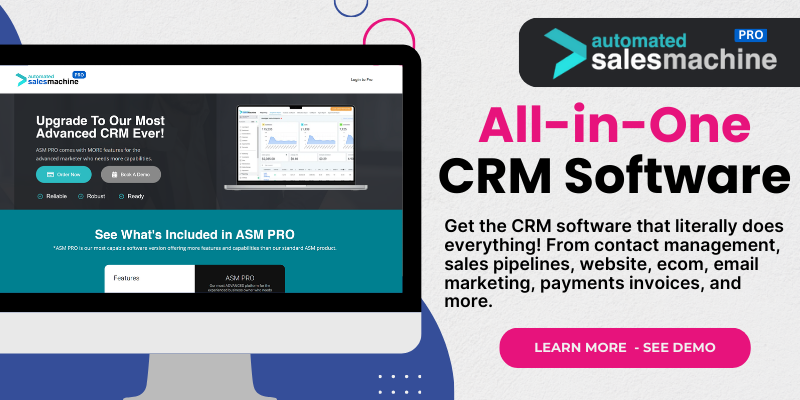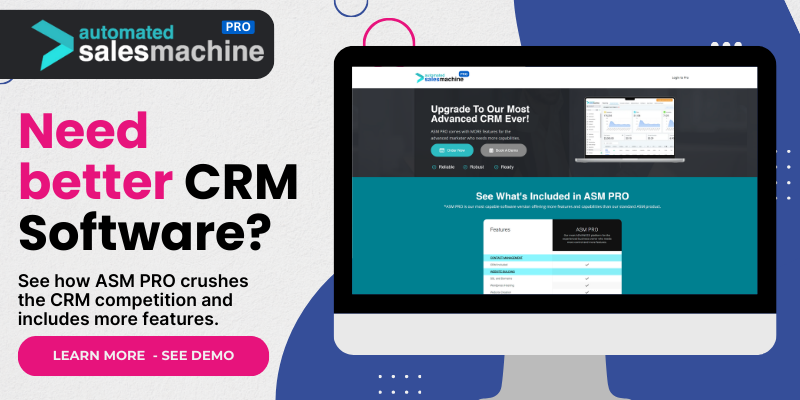1. Salesforce Financial Services Cloud
Understanding the Basics
When we’re talking CRM, I can’t help but mention Salesforce Financial Services Cloud. It’s like the all-in-one toolkit for managing customer relations in finance. The beauty of this platform is its ability to tailor workflows specific to financial institutions, meaning you get to work smarter, not harder.
It offers robust integration with other financial services. Trust me, this can save you tons of time on managing data across different platforms. And you know how important that is in the fast-paced world of finance.
The good thing is that Salesforce doesn’t require you to be a tech wizard. Their user interface is intuitive, so once you get the hang of it, it feels like second nature.
Customization Opportunities
One of my favorite features is the level of customization you can achieve. You can design the dashboards to reflect what’s critical for your team. Do you need to track client interactions or investment performance? No problem! You can set it up according to what makes sense for your organization.
Having personalized reports can make a world of difference. You’ll get insights tailored to your needs, seeing trends that help drive strategic decisions. It’s data at your fingertips, and that’s a game-changer in understanding your clients better.
And let’s not forget about automation! You can automate processes that used to take ages, giving you more time to focus on strategy and customer interactions. Isn’t that what we all want?
Collaboration Features
What I truly appreciate about Salesforce is how it promotes teamwork. Its collaboration tools allow teams to communicate seamlessly, share files, and even track client projects together. This fosters a sense of unity and ensures everyone is on the same page.
With features like Chatter, you can discuss key accounts and share updates in real time. This can elevate your customer service because your team is always updated on the latest happenings with clients.
In my experience, having a collaborative platform has made serving clients faster and more efficient. You can head into meetings knowing that your whole team is aligned, which boosts confidence and professionalism.
2. HubSpot CRM for Financial Services
A Friendly Interface
Another CRM I absolutely love is HubSpot. What amazes me is how user-friendly it is. Even if you’re not particularly tech-savvy, you can dive right into it without feeling overwhelmed. HubSpot’s simplicity is genuinely refreshing!
Beyond just its ease of use, HubSpot provides a comprehensive suite that can grow with your business. They have marketing automation tools, sales features, and customer service pipelines bundled into one package.
Getting started with HubSpot is straightforward. You can either use it as a standalone solution or integrate it with existing software. Seriously, this flexibility can save you a lot of headaches down the line.
Lead Management
Lead management is a breeze with HubSpot. The platform allows you to track leads from their first interaction right through the funnel until they become loyal customers. You can score leads based on their engagement, which helps prioritize your efforts effectively.
One of the coolest aspects is the email tracking feature. You can see when a lead opens your emails, meaning you can follow up at the right moment. That’s the kind of sharp insight that can sharply boost your conversion rates!
Being able to segment leads based on various criteria is another plus. You can tailor your communication strategies based on what appeals to different segments, enhancing your outreach effectiveness.
Cost-Effectiveness
Let’s talk about budget. HubSpot’s free version is pretty robust. For financial institutions just starting out, this is gold! You can access basic features without spending a dime, and as your needs grow, you can scale up to paid plans.
I’ve seen businesses thrive on this model. It provides the opportunity to experiment before fully committing, minimizing the risk while maximizing potential reward. Plus, you get top-notch features without burning a hole in your wallet.
Cost shouldn’t be a barrier to getting great CRM. HubSpot’s options cater to all financial players, from startups to large institutions, making it a truly inclusive choice for everyone.
3. Zoho CRM
Affordability Meets Functionality
If you’re hunting for a budget-friendly option, let me introduce you to Zoho CRM. This tool packs a punch despite being on the lower end of the pricing spectrum. It has all the essential features you’d expect without the hefty price tag.
What I’ve found remarkable is the extensive functionalities it offers – from sales automation to analytics, you’d be hard-pressed to find a feature lacking. Zoho ensures you have everything you need to manage interactions with clients effectively.
I’ve met various institutions that have switched to Zoho just for its impressive capability-to-cost ratio. It’s a real game changer for those looking to maximize output without overspending.
Integration Capabilities
Integration is where Zoho shines brightly. It can connect with other software like email marketing tools and social media platforms. If you’re already deep into a certain tech stack, Zoho plays nicely with it.
Having this level of integration means no more juggling between multiple platforms. You can sync your data across systems efficiently, keeping all customer interactions in one place. For me, that’s a huge time saver.
The other cool thing? You can create your own applications if you’re up for it. Zoho gives developers room to customize solutions according to your specific needs, which is a huge win for larger teams or entities with unique demands.
User Experience
Let’s not glaze over the user experience. Zoho boasts a clean interface that’s easy to navigate. It took me a short while to adapt, and that says a lot because I’m no spring chicken when it comes to tech!
You get a flexible dashboard that can be personalized based on the metrics you find essential. This allows you to monitor the pulse of client relationships at a quick glance, making it easier to take proactive action.
And the support is noteworthy as well! The community is vibrant, meaning when you’re in a pinch, there’s usually someone who’s been there and can help guide you through.
4. Pipedrive
Focus on Sales Processes
Pipedrive is particularly known for its sales-centric approach. I’ve seen many financial institutions thrive using it because it caters specifically to the nuances of managing a sales pipeline. Any organization with a focus on increasing sales will find this software beneficial.
The visual pipeline feature is a standout. It gives you a clear picture of where each deal stands, making it easy to monitor progress and prioritize actions. You won’t miss a beat when it comes to following up on potential sales.
I remember helping a client streamline their sales processes with Pipedrive, and it was like night and day once they got it up and running. They felt more organized and confident approaching prospects, which directly impacted their conversion rates.
Automation for Efficiency
Pipedrive incorporates automation capabilities that let you set up workflows and repetitive tasks which was a real lifesaver for my team. Think of setting reminders for follow-ups, sending automated emails, or even reporting. This can free up precious time for your salespeople.
I love that you can design these automations based on your specific workflows. If you manage multiple products or services, you can tailor the automations to handle different customer journeys seamlessly.
From my personal experience, relying on automation can ramp up productivity significantly. Salespeople minimize admin time and focus more on closing deals. Everyone wins here!
Mobile Capability
Pipedrive also offers a fantastic mobile app that allows you to manage your sales pipeline on the go. Trust me; this is crucial in our world today, where being tied to a desk feels too old school. I can’t tell you how many last-minute client strategies I’ve brainstormed while I was out and about!
Having that flexibility means you don’t miss opportunities just because you’re away from your desk. You can check updates, follow potential deals, and even contact leads right from your mobile device.
This kind of accessibility has transformed how I approach my work-life balance. I can tend to personal matters while still staying on top of my game professionally.
5. Microsoft Dynamics 365
Robust Features
Microsoft Dynamics 365 is an impressive platform, no doubt about it. It blends CRM and ERP capabilities, which is advantageous for financial institutions looking for an all-encompassing solution. The robust feature set makes managing client relationships a lot smoother.
This CRM helps automate sales processes efficiently, ensuring that every stage of the customer journey is accounted for. Importantly, you get in-depth analytics that can guide decision-making, which has been a game-changer in my work.
The versatility of Microsoft Dynamics means it can fit various needs, giving you the ability to tailor it specifically to financial services operations.
Customization Beyond Compare
One standout feature of Dynamics is the level of customization it offers for workflows and dashboards. I personally love how you can mix and match modules according to your organizational needs. You’re not stuck with a one-size-fits-all approach.
This flexibility allows your team to set the platform up in a way that just makes sense for how they work, enhancing overall productivity. From what I’ve seen, businesses that adopt this level of customization often have boosted employee morale!
Plus, the Microsoft suite seamlessly integrates with other Microsoft products you may already be using, so it’s an easy fit into existing tech stacks.
Analytics and Reporting
The analytics capabilities with Dynamics 365 are seriously next-level. The reports generated provide insights into customer behaviors and sales trends, which are invaluable in shaping future strategies.
I can’t express enough how vital these insights can be when making strategic decisions. The data helps you understand what’s working and what’s not in real-time, allowing for nimble adjustments.
In essence, having access to robust analytics not only promotes smarter decision-making but can drastically improve customer satisfaction by proactively addressing their needs before they arise.
Frequently Asked Questions
1. Why do financial institutions need CRM software?
CRM software helps financial institutions manage customer relationships more effectively by streamlining communication, improving sales processes, and providing valuable insights into customer behavior.
2. Are these CRM options suitable for small financial institutions?
Absolutely! Many of these CRMs, like HubSpot and Zoho, offer scalable solutions that cater to the needs of small financial institutions, allowing them to grow without overwhelming costs.
3. Can I integrate these CRM systems with other software?
Yes, most of these CRM systems have extensive integration capabilities, allowing them to work seamlessly with other tools and software that you might already be using.
4. Is training required to use these CRM systems?
While some training can be beneficial, especially for advanced features, many of these platforms, like HubSpot and Salesforce, are designed to be user-friendly, minimizing the learning curve.
5. How can a CRM improve client satisfaction?
By providing a 360-degree view of customer interactions and preferences, CRMs help financial institutions personalize their services, respond more effectively to inquiries, and ultimately enhance customer satisfaction.

